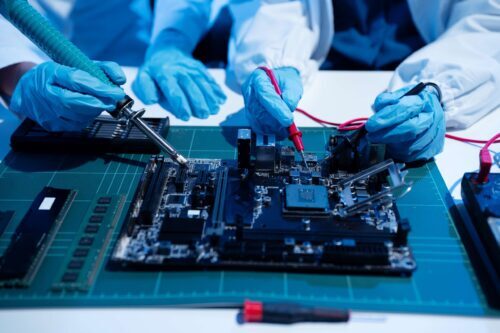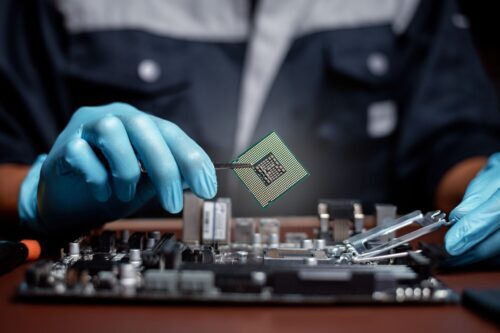
Video games have long been the largest entertainment industry. They have captured the attention of billions of people around the world and formed entire subcultures. But in recent years, there has been growing evidence that games are beginning to move beyond screens, and not in a marketing sense, but in a literal sense.
We’re talking about the Game Transfer Phenomenon, or GTP, in which the digital experience becomes part of the physical experience.
When the virtual becomes real
GTP is not a bug or a rare quirk. It is an observable phenomenon in which elements of the game world—visual, aural, and behavioral—are projected onto the surrounding reality. People report seeing health bars over the heads of passersby, mentally “collecting” items from store shelves, hearing sounds from the game, or even making involuntary movements that mimic the actions of a character.
A study of more than 600 gamers in China in 2024 found that between 82% and 96% of respondents had experienced GTP at least once. This data shows that the phenomenon is not so rare, especially given the increasing realism and immersion of modern games.
How does GTP manifest itself?
The phenomenon can manifest itself in a variety of ways, from mild sensory aberrations to more pronounced reactions:
- Visual effects: players see game-like interface elements in the real world (e.g., health indicators).
- Altered color perception: reality begins to “resemble” the color scheme of the virtual environment.
- Behavioral impulses: the urge to “interact” with objects as objects in the game.
- Sound hallucinations: hearing game effects outside of gameplay.
- Physical actions: instinctive hand movements, as if the gamer is holding a controller.
According to psychologists, this may be due to activation of the same brain areas involved in impulse control and memory formation. The longer the session, especially over four hours, the higher the risk of GTP.
Where is the line between entrainment and risk?
While most manifestations of GTP are brief and not dangerous, extreme forms can be disorienting. One survey participant admitted that while driving a car after a session in a racing game, he experienced an overwhelming urge to crash into a neighboring car. This is a red flag: the boundaries between virtual and real worlds can blur to dangerous levels.
Yet the phenomenon has no clear link to mental disorders. According to experts, GTP occurs more often in people with high levels of stress, lack of sleep, or a tendency to immerse themselves in imaginary worlds. So it’s not a psychiatric diagnosis, but a neuropsychological reaction.
What can the industry do about it?
Despite the magnitude and potential consequences, video game developers have not yet developed standards or alerts related to GTP. Some experts have suggested introducing alerts similar to those warning of strobe effects for epileptics. But there’s a risk here: the industry fears creating a new moral panic around gaming.
Researchers stress that most gamers benefit from games for relaxation, socialization, and a sense of achievement. The problems begin when virtual experiences crowd out everyday experiences. And while GTP isn’t always indicative of addiction, it can be an indicator of over-immersion.
What gamers should remember:
Breaks are important: Every 60–90 minutes, it is advisable to quit the game and switch to other activities.
Awareness helps: Realizing that gaming is a virtual experience reduces the likelihood of GTP.
Variety of stimuli: Books, walking, and offline socializing all reduce neural fixation on gaming patterns.
Time control: Self-regulation is the best prevention tool.
GTP is not fiction or a joke. It’s a real reflection of how technology can affect the way we perceive the world. And while the phenomenon is harmless in most cases, it may require more awareness from both gamers and the industry in the future as immersiveness grows.






